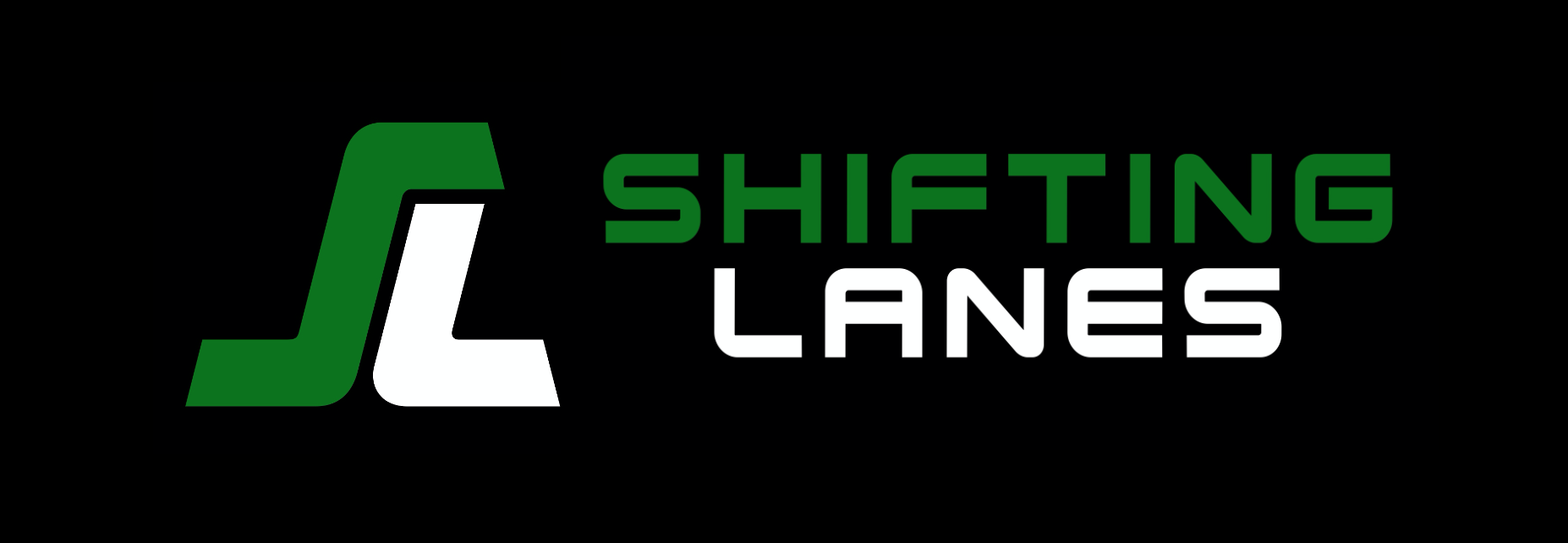As you’ve probably been reading, autonomous cars are going to be a thing. There’s nothing we can do to stop it. Apple is coming out with a car (probably) and that will eventually be autonomous. Google’s been working on an autonomous car for years now. Major manufacturers are doing it. It’s going to happen people and soon we’ll have to deal with them all over our roadways.
Ford can now throw its hat in the ring and they just did so with a major splash. When you have a company like Ford in the picture, it changes the game a bit. You now have a company with some pretty ridiculous money and resources at their disposal trying to get into the market. Of course Apple and Google have tremendous resources as well on the technology side, but Ford has those same resources on the car side where, you know, actual cars are built.
Today CEO Mark Fields addressed the crowd and announced that they’re targeting to have a fully functional autonomous car by 2021.

To deliver an autonomous vehicle in 2021, Ford is announcing four key investments and collaborations that are expanding its strong research in advanced algorithms, 3D mapping, LiDAR, and radar and camera sensors:
- Velodyne: Ford has invested in Velodyne, the Silicon Valley-based leader in light detection and ranging (LiDAR) sensors. The aim is to quickly mass-produce a more affordable automotive LiDAR sensor. Ford has a longstanding relationship with Velodyne, and was among the first to use LiDAR for both high-resolution mapping and autonomous driving beginning more than 10 years ago
- SAIPS: Ford has acquired the Israel-based computer vision and machine learning company to further strengthen its expertise in artificial intelligence and enhance computer vision. SAIPS has developed algorithmic solutions in image and video processing, deep learning, signal processing and classification. This expertise will help Ford autonomous vehicles learn and adapt to the surroundings of their environment
- Nirenberg Neuroscience LLC: Ford has an exclusive licensing agreement with Nirenberg Neuroscience, a machine vision company founded by neuroscientist Dr. Sheila Nirenberg, who cracked the neural code the eye uses to transmit visual information to the brain. This has led to a powerful machine vision platform for performing navigation, object recognition, facial recognition and other functions, with many potential applications. For example, it is already being applied by Dr. Nirenberg to develop a device for restoring sight to patients with degenerative diseases of the retina. Ford’s partnership with Nirenberg Neuroscience will help bring humanlike intelligence to the machine learning modules of its autonomous vehicle virtual driver system
- Civil Maps: Ford has invested in Berkeley, California-based Civil Maps to further develop high-resolution 3D mapping capabilities. Civil Maps has pioneered an innovative 3D mapping technique that is scalable and more efficient than existing processes. This provides Ford another way to develop high-resolution 3D maps of autonomous vehicle environments
This 4-pronged strategy is how Ford intends to make all this happen.
With GM buying up properties as well, Ford had now upped the game by putting a solid date on the release to the public which immediately made all other companies check their deadlines and start working faster. Let’s hope that by then they’ve all worked out all the kinks because autonomy is still light years behind where it should be at this point.
(Source: Ford)




Leave a reply